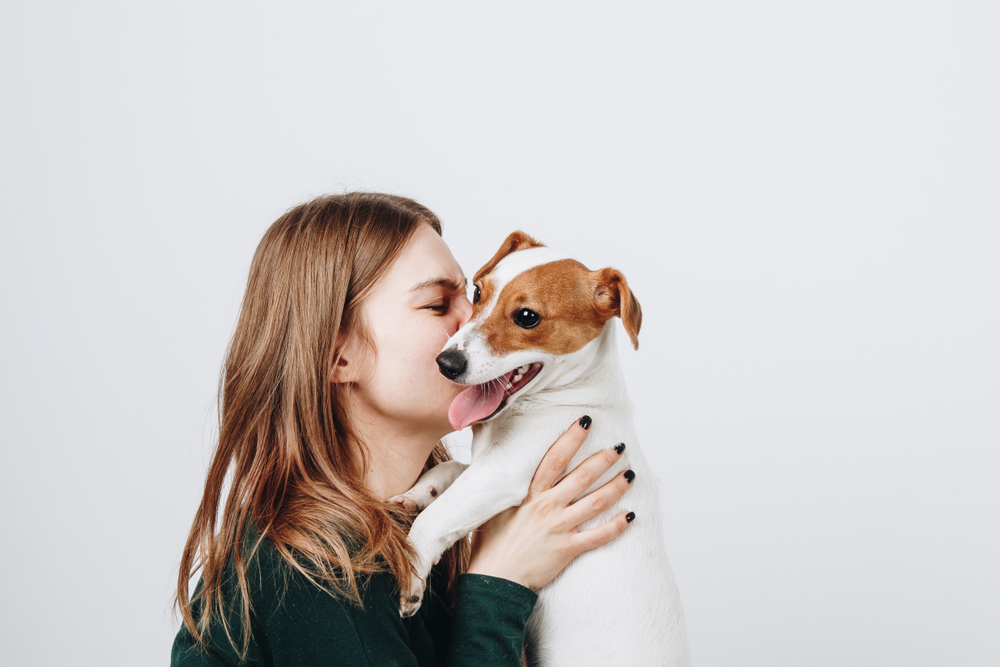We all love a one-dish meal simply because they save us a lot in terms of time. You don’t have a lot of utensils to wash after dinner. But is it really true?
In the process of cooking, there’s always a likelihood of oil and source splashing on the countertop as well as grease on appliances nearby. Although it could be a simple meal, it can turn into a scrubbing nightmare if you don’t prior planning or quick action.
Below are a few tips on how you can reduce or completely avoid splattering:
Begin with dry food
The best way to deal with splatter is to pat dry food before inserting them into the pan. If you start with oil, then be prepared for a messy rave when you deep in vegetables containing water.
Keep an eye
While it is difficult for a watched pot to boil, it is also difficult for a boiling pot to cause a mess when you are close. Cooking Grains and rice can also result in sticky liquids around the burner. The only way you can prevent this is by staying close while the boil.
Use large pans
This is another best way of preventing splutter in your kitchen. Ensure that you use the appropriately sized pans to cook food.
In case you are unable to fight it, then find ways to manage
Use a lid
When you are cooking food using wet heat, it is important to use a lid to trap droplets – to prevent contents inside the pan from splattering.
Use a splatter screen
A splatter screen works almost the same way as a cross between a strainer and a lid. A splatter screen perfectly fits on top of the pan and is mainly designed to allow the escape of steam while at the same time controlling splatter.
Use a splatter shield
A splatter is like a mini voting booth. It has a three-sided wall surrounding the pan. The splatter is trapped on top of the pan and the immediate surroundings.
Use DIY cooking spray
There are several ways in which you can make your own cooking spray. Start by mixing one-part oil with three to four parts water in order to distribute a thinner and less greasy coat applied to your cooking vessels. After that pour the mixture into a glass or aluminum spray bottle. Always shake before using it.
Create a better pour
When opening a new bottle containing oil, avoid removing the foil covering it but instead slit it using a knife. This will allow you to flow control when you are pouring the oil directly into the pan or pot.
However, it is important while shopping to look for bottles that make it easy to pour oil while cooking. Some manufacturers have designs that are user-friendly.
Clean with ease grease spills
In case you spill oil while cooking, try to immediately dust it using flour, cornstarch or baking soda. Leave it for at least 15 minutes before wiping it up with a cloth.





